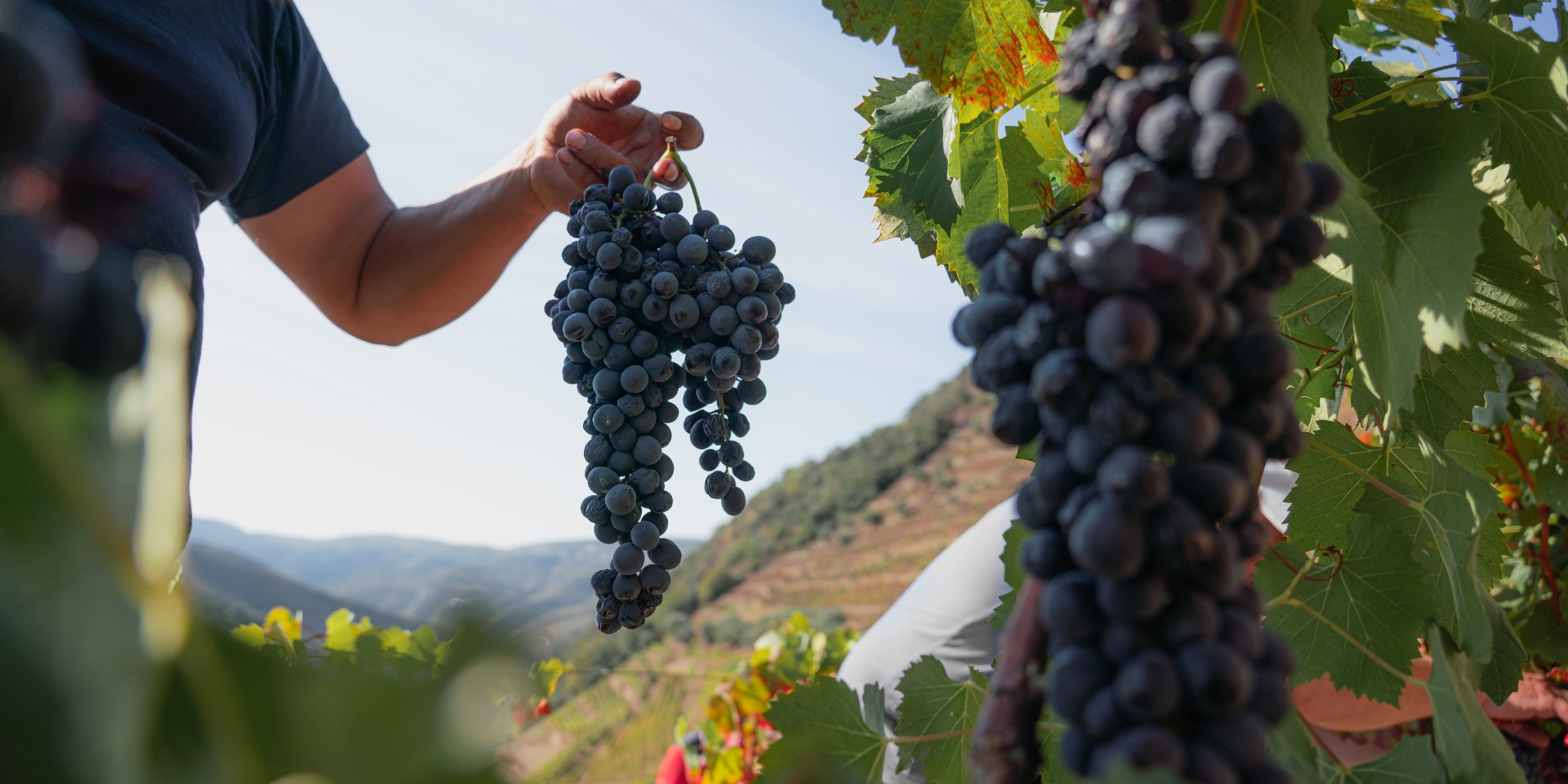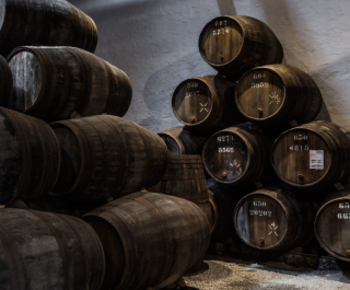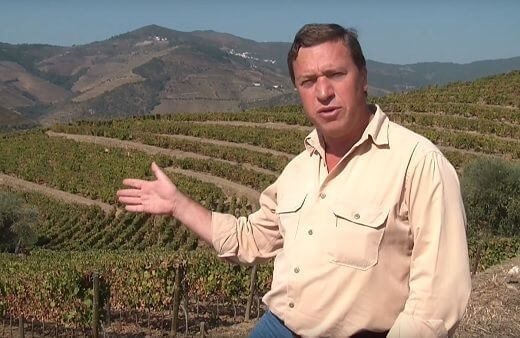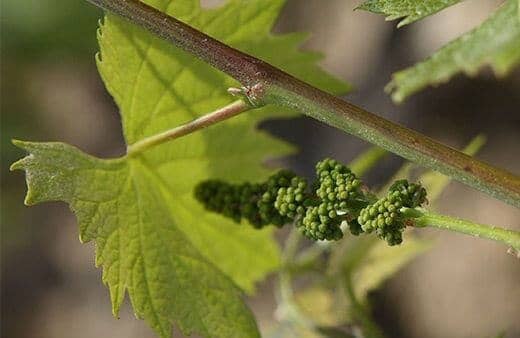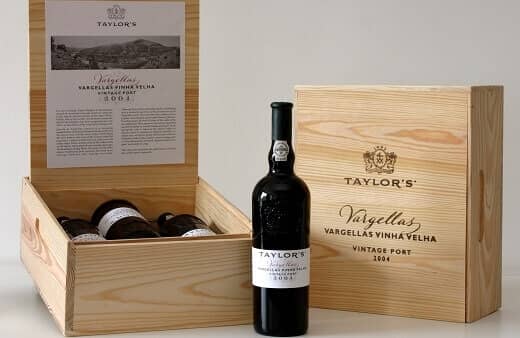Port Grape Varieties
One of the Douro Valley’s attributes is its wealth of different traditional grape varieties. The reasons are partly historic and partly related to the region’s mountainous topography, a choice of different vine types being required to match the vineyard to a variety of different growing conditions. For example, the Touriga Nacional thrives on shallow, stony soils in full sun. The Touriga Francesa prefers fertile sites and protection from strong winds. The Tinta Barroca, on the other hand, produces its best results on cooler north or east facing slopes and in locations with reduced exposure to sunlight.
Although around thirty grape varieties can be used to make Port, most modern vineyards are made up of a selection of five or six top red grape types now generally considered to produce the finest wines. Some other varieties may be added in smaller proportions where dictated by specific growing conditions.
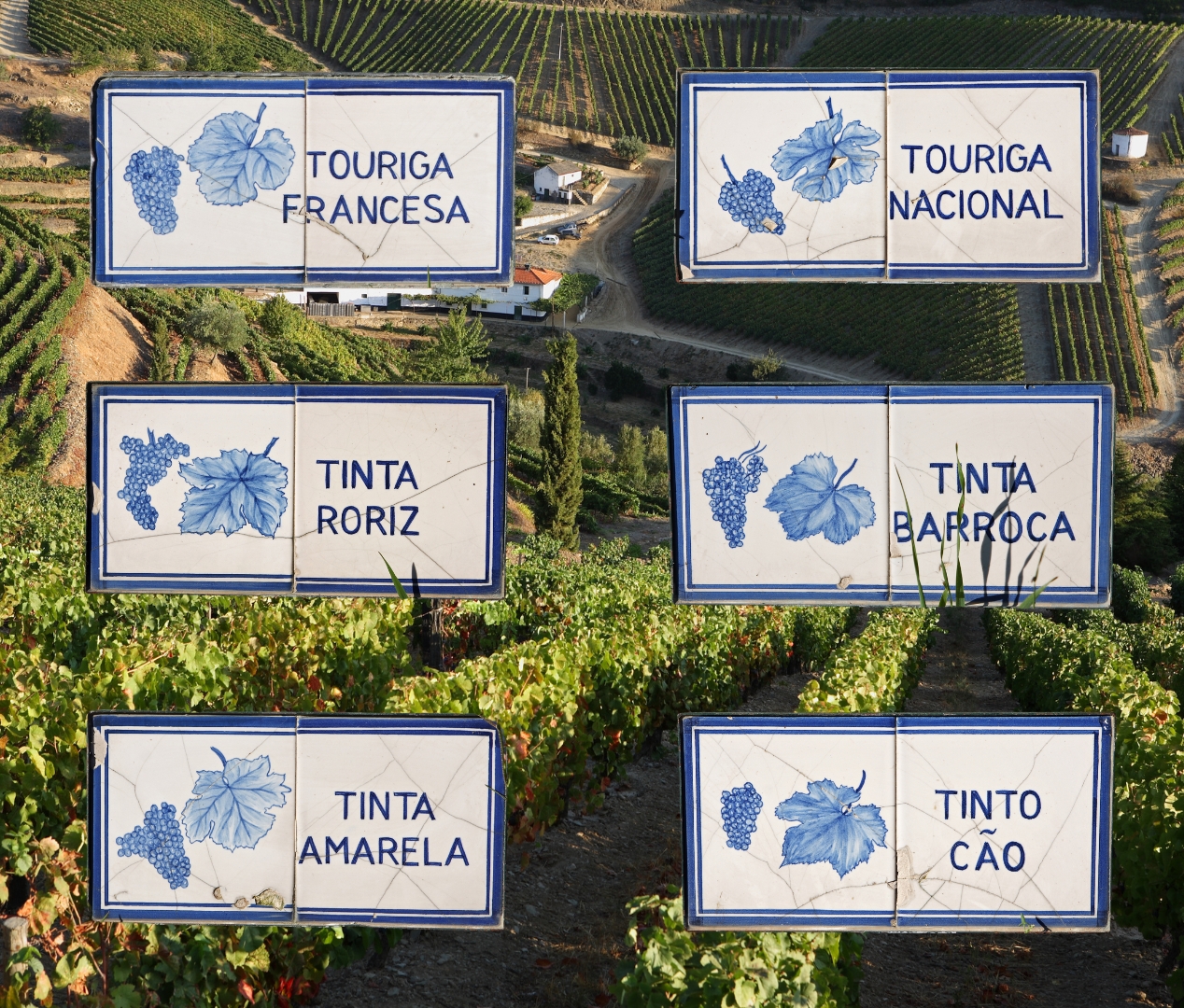
Among the top red grape varieties are:
Touriga Nacional
Although seldom found in significant proportions outside the quintas owned by the Port houses, the Touriga Nacional is probably the most famous of the top red varieties. Its small thick skinned berries give low yields and produce dark, concentrated wines with enormous reserves of fruit and massive tannins. They give depth, volume and stamina to the wines.
Touriga Francesa
The most widely planted variety in the Douro Valley, the Touriga Francesa is a consistent and reliable producer of top quality port, yielding intense fruity wines similar to those of the Touriga Nacional but more subtle in character and more aromatic, often contributing an attractive floral scent. They have a firm tannic backbone and help give the wine its structure.
Tinta Roriz
The Tinta Roriz represents the largest proportion of new plantings after the Touriga Francesa. Its large berries and big bunches produce relatively high yields and the variety gives its best results in dry years. It produces well structured, aromatic wines developing great elegance and complexity with age, often developing distinctive ‘resiny’ fragrances.
Tinta Barroca
This variety produces luscious, fragrant wines, sweet, soft and round on the palate. The grapes are richer in anthocynanins than in tannins and therefore provide more colour than structure, The Tinta Barroca therefore benefits from being associated with more tannic, austere varieties. It is usually grown in cooler or shadier parts of the vineyard to temper its ability to produce a large amount of sugar in hot years.
Tinta Cão (or Tinto Cão)
One of the oldest varieties in the Douro, the Tinta Cão is one of the best adapted to the valley’s hot and dry conditions. It is very reliable, maintaining its vigour even on very poor soils. The tiny compact bunches of small berries produce long lasting wines with crisp acidity and a velvety texture, which can sometimes be tough and austere when young but develop great finesse with age. The Tinta Cão is the least widely planted of the top varieties due to its very low yields but is attracting growing interest as its qualities become better understood.
The narrowing of the selection of grape varieties is due to a better understanding of the conditions in which each individual variety produces its best results and of the style of wine that it produces. Much of this knowledge was derived from the research of pioneers such as Taylor’s partner Dick Yeatman and his work with single variety plots in the 1920s. This controlled selection results in more predictable Port wines, both in terms of style and quality. It also has environmental benefits, as vines that are optimally sited require fewer treatments against pests. However vineyards in which the selection is too narrow or restricted can lack the multidimensional complexity and the ability to surprise with unexpected nuances and subtleties possessed by old vineyards, such as the Vinha Velha at Taylor’s Quinta de Vargellas. Selection and control therefore need to be tempered, as on the Taylor estates, with a respect for diversity.


discover more

